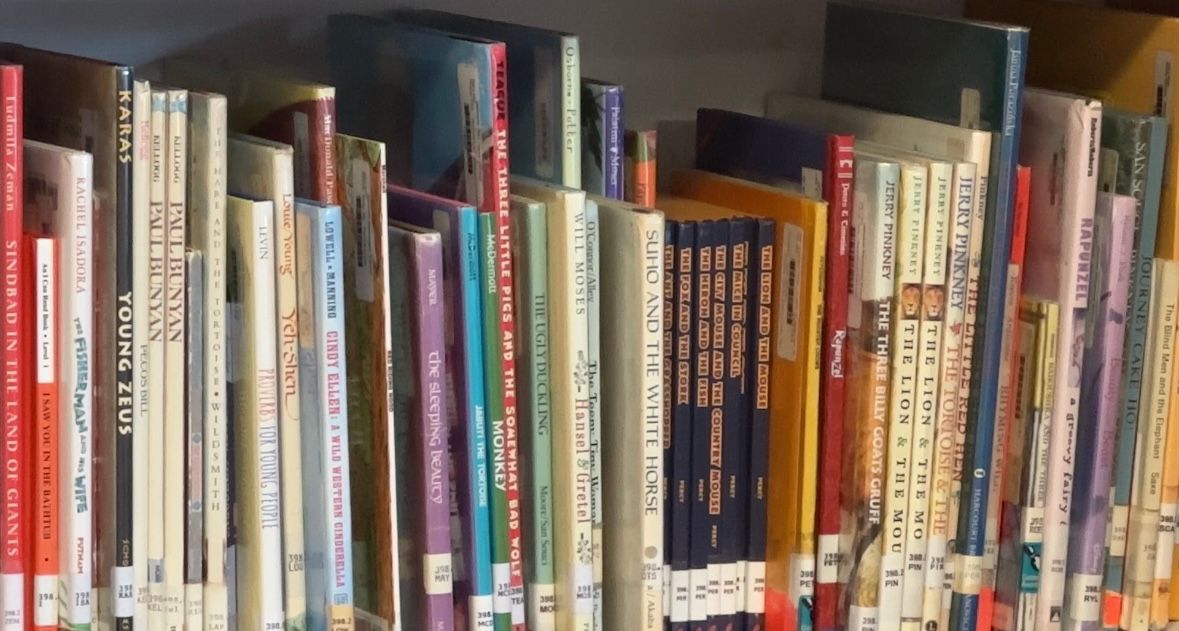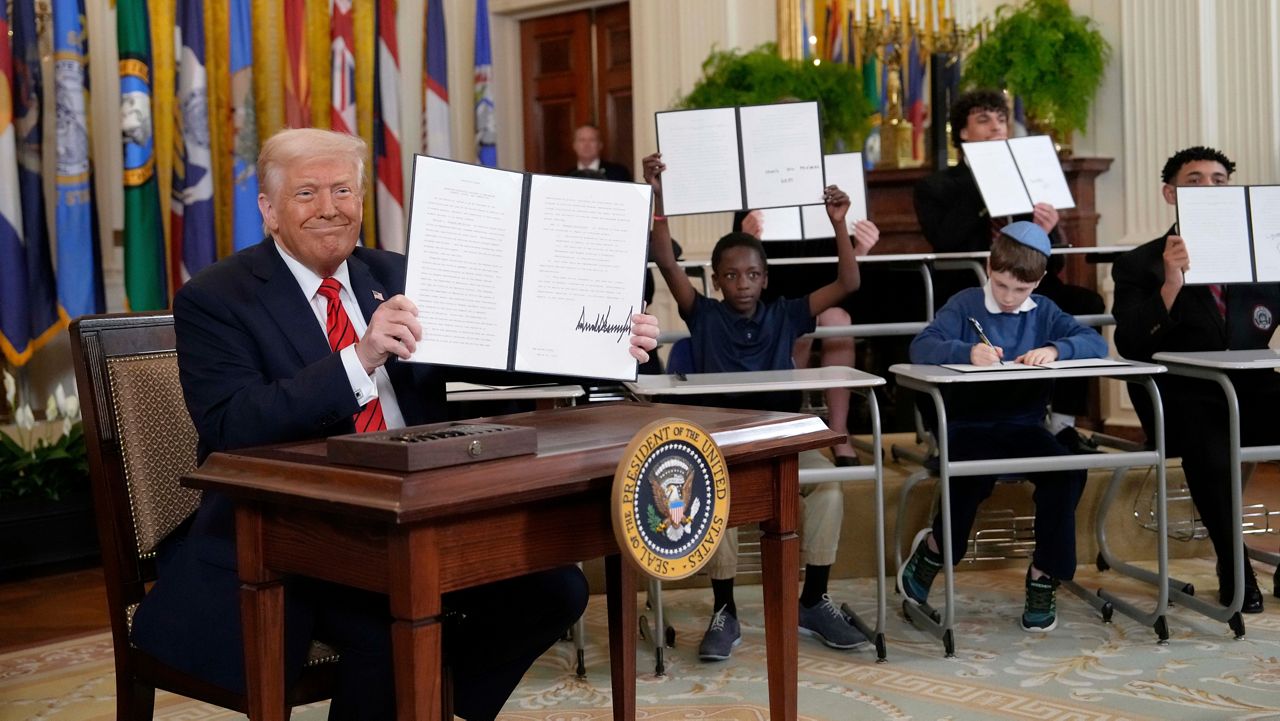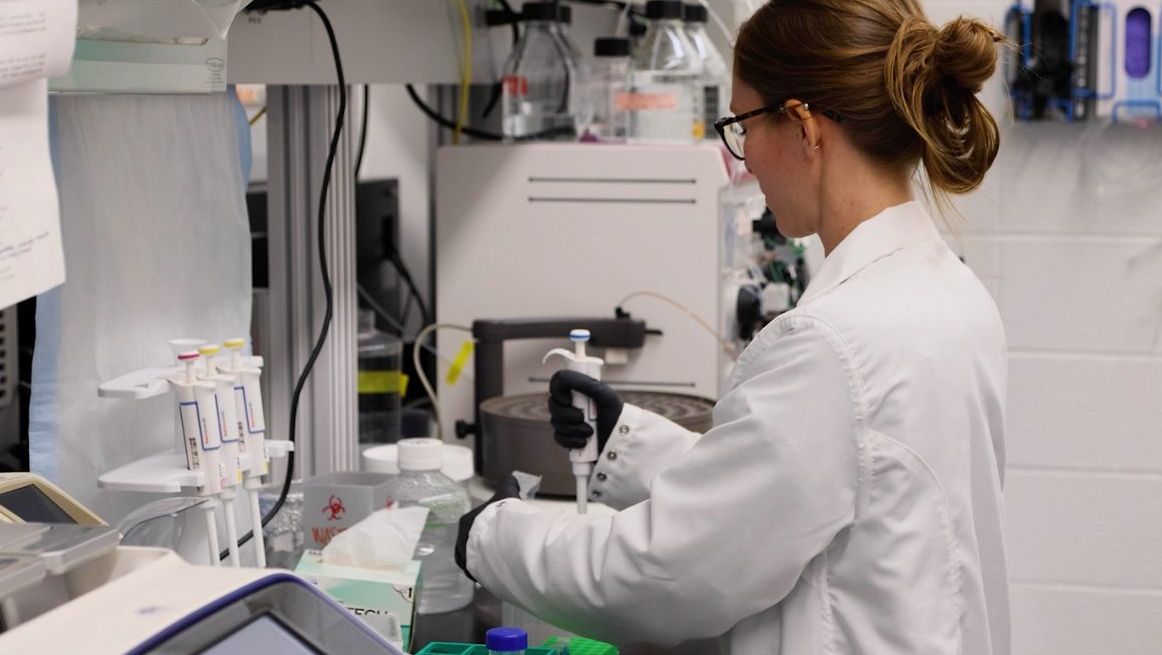A new report found teacher attrition and vacancy rates are up in North Carolina, as concerns over teacher pay and school safety define the race for control of the state’s public schools.
What You Need To Know
- The teacher attrition rate was 11.5% for the 2022-2023 school year, up from 7.8% the previous year, according to a new report from the NCDPI
- The vacancy rate also increased to 6.4%, up from 5.9%
- Michele Morrow, the Republican candidate for NCDPI Superintendent, said administrative bloat and unsafe working conditions are to blame
- Mo Green, the Democratic candidate, said that teachers need higher pay and more appreciation
The teacher attrition rate was 11.5% in the 2022-2023 school year, up from 7.8% the previous year, according to the annual State of the Teaching Profession Report from the North Carolina Department of Public Instruction (NCDPI).
"The teacher turnover we're seeing in North Carolina is part of a national trend. Enrollment in teacher preparation programs has also dropped dramatically. We must consider all options for making teaching an attractive and rewarding career, from reducing administrative bloat to ensuring our schools are the safest buildings in the state," Michele Morrow, who unseated current NCDPI Superintendent Catherine Truitt in the Republican primary last month, said in a statement.
Morrow also said that unsafe working conditions may be to blame in a post on X last week.
Her Democratic opponent, Mo Green, former Guilford County Schools Superintendent, noted the attrition rate for this year is a 47% increase over the previous year.
“We must return North Carolina to a state that reveres teachers. Teaching is a noble profession, but our state has woefully underpaid and consistently disrespected educators. Educators are the backbone of public education, and they play a pivotal role in our children’s lives. We must pay them more and give them the appreciation they deserve,” Green said in a news release.
The race for control over North Carolina’s public school entered the national eye last month after old comments from Morrow calling the public school system a “socialist indoctrination system” and calling for the execution of politicians like Joe Biden and Roy Cooper were uncovered.
What the numbers show
The report measured teacher attrition and vacancies between March 2022 and March 2023, and is mandated by the General Assembly.
Beginning teachers, those in their first three years, had a higher attrition rate than their more experienced peers at 15.1%. Attrition refers to teachers leaving the profession, whether it be to take another job or to retire.
The report, presented to the State Board of Education last Wednesday, also found that the vacancy rate increased to 6.4% from 5.9%.
Tom Tomberlin, senior director of educator preparation, licensure and performance at NCDPI, noted that state legislators broadened the definition of a vacancy to include provisionally licensed teachers and rehired retirees starting in the 2021-2022 school year.
Under the old vacancy definition, the vacancy rate for 2022-2023 would be 3.7% or lower.
“It’s important to note that a vacancy does not equal a classroom with no teacher,” Tomberlin said. “More than half of these positions are filled by fully licensed educators who, based on the legislative definition, we must count as a vacancy. Because of the change in statute to define vacancies, directly comparing vacancy rates to prior years is no longer valid.”
Looking at the trends
The teacher attrition rate is less than the national average, estimated to be about 12% for the 2022-2023 school year. The turnover rate for teachers is also lower than that of other state employees, which sits at 16.8%.
“You got to get past the headlines, and if you look deeply at the trends in here and what they’re talking about, I think you become less alarmed,” Bob Luebke, director of the John Locke Foundation’s Center for Effective Education said in an interview on Capital Tonight.
Schools are also hiring more teachers than they lose. In fall 2023, 11,023 teachers were hired across the state, after 10,373 left the previous year.
But vacancies and unqualified teachers have left others worried about the thousands of students across the state that could be missing out on a sound, basic education.
“We know that teachers are the number one school-related factor that influences student outcomes, so if you don’t have a highly qualified teacher, and if you don’t have a teacher in that classroom, it obviously is going to impact student outcomes,” said Mary Ann Wolf, the president and executive director of the Public School Forum of North Carolina, in an interview on Capital Tonight.
One survey of 101 of the state’s 115 school districts found that there was a total of 2,840 teacher vacancies statewide at the start of the 2023 school year, about 3% of the state’s teacher workforce.
The report also found that more teachers are entering the profession through alternative licensure routes, such as becoming teachers as a second career. The use of alternative routes has increased by about 23% since 2017, and nearly half of new educators use these routes.
“These trends highlight the importance of providing enhanced support for early-career educators, including those who enter the profession through the residency license pipeline,” State Superintendent Catherine Truitt said. “With nearly half of new teachers coming to us through alternative teacher preparation programs, we need to take a close look at how to better differentiate supports for those educators.





)



